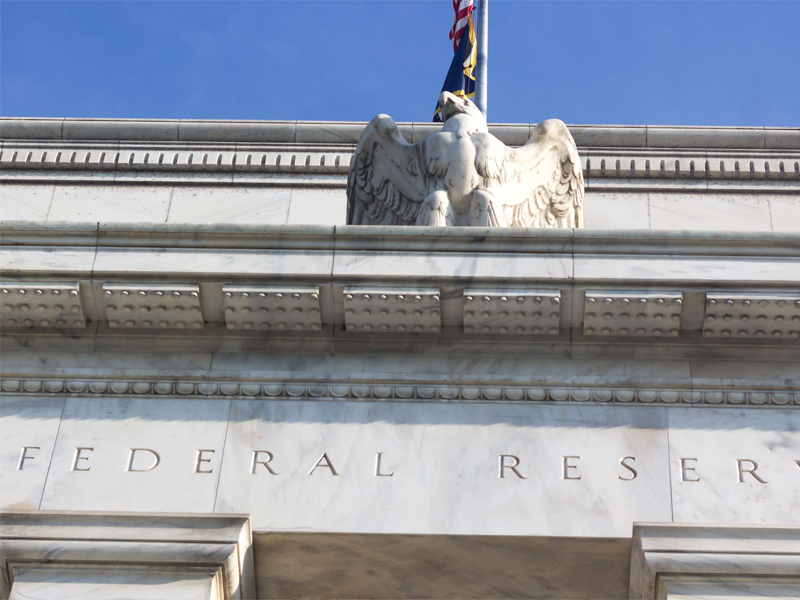
With yet another U.S. rate hike on tap for Wednesday, a new report from National Bank Financial Inc. (NBF) examines how rate-hiking cycles end and when cuts typically resume. It usually doesn’t take long, the authors concluded.
While the U.S. Federal Reserve Board’s November rate hike isn’t expected to be the last increase, market watchers are trying to anticipate when the Fed’s hiking cycle will come to an end and start unwinding.
Looking back at previous rate-tightening cycles, the report finds that previous periods of rate stability tend not to last long — on average, these periods have prevailed for less than eight months once the hiking ends.
“The Fed hasn’t been able to avoid cuts for long after it terminates its hiking cycle,” the report said, noting that in four of the past five cycles, a rate decrease came within a year of the last hike.
Additionally, the report said that faster, more aggressive hiking cycles tend to be unwound more quickly.
While acknowledging that each cycle is unique, NBF is calling for the Fed to start cutting rates in 2023, with the central bank on pause for only about seven months once the rate hikes finally stop.
“Assuming the Fed is able to slow its tightening pace by the end of the year, moving to the sidelines not too far into the new year, it wouldn’t be entirely unreasonable to see a pivot towards easier (or less restrictive policy) before the end of 2023… at least based on historical policy patterns,” the report said.
When these cuts come, they are typically substantial, too.
For instance, the report noted that after the previous hiking cycle, half of the increase had been reversed within 300 days.
Moreover, markets don’t typically need Fed cuts to drive longer-term interest rates lower, it said.
“Rather, all markets have generally needed is a clear sign that policy rate tightening is complete,” the report said. “Indeed, the average trajectory for yields is a basis point lower per day, as soon as the final rate hike is notched.”
At the same time, stock markets usually respond to the end of tightening cycles: “Equities have generally cheered FOMC policy rate pauses,” the report noted.